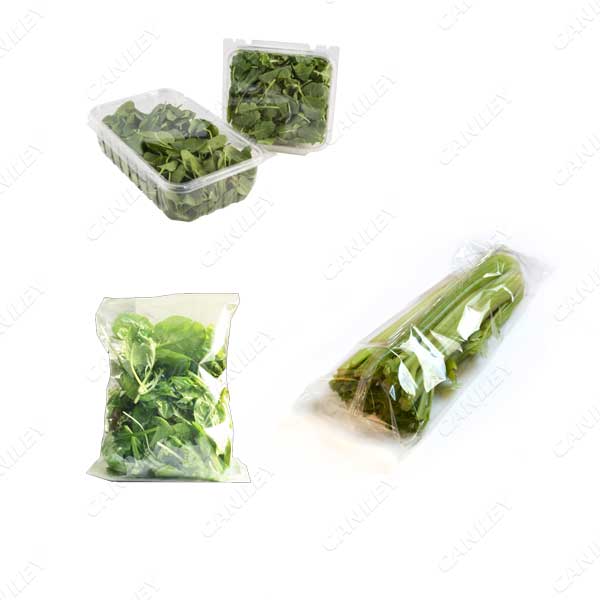Packaging plays a crucial role in preserving the freshness and quality of vegetables from farm to table. As consumers become increasingly conscious of their environmental impact, the quest for the best packaging solution for vegetables encompasses both freshness and sustainability. This article explores various packaging options and discussed what is the best packaging for vegetables.

Importance of Proper Packaging
Proper packaging serves as a protective shield, safeguarding vegetables from external factors such as light, moisture, and temperature fluctuations. It also helps prevent physical damage during transportation, ensuring that the vegetables reach consumers in optimal condition. The right packaging can extend shelf life and reduce food waste, benefiting both producers and consumers.
Packaging Options for Vegetables
1. Plastic Packaging:
Plastic packaging has been a staple in the food industry for its versatility and cost-effectiveness. However, its negative environmental impact, including plastic pollution and limited recyclability, has prompted a search for more sustainable alternatives.
2. Paper Packaging:
Paper-based packaging, often made from renewable resources, is gaining popularity due to its biodegradability and recyclability. It provides a good balance between protection and environmental responsibility. Brands are experimenting with various coatings and liners to enhance moisture resistance.
3. Biodegradable Films:
Derived from natural materials such as starch, cellulose, and polylactic acid (PLA), biodegradable films offer a sustainable option. They can break down more easily than traditional plastics, reducing the burden on landfills and oceans.
4. Mesh Bags:
Mesh bags are commonly used for loose vegetables like onions, potatoes, and citrus fruits. These bags allow for proper air circulation, reducing the risk of moisture buildup and spoilage.
5. Reusable Containers:
Sturdy, reusable containers made from materials like glass or durable plastics offer an eco-friendly option. Consumers can reduce waste by using these containers repeatedly for purchasing vegetables.
6. Modified Atmosphere Packaging (MAP):
MAP involves altering the gases within the packaging to extend shelf life. It's particularly useful for pre-cut or pre-packaged vegetables. While it can be effective, careful consideration is needed regarding its environmental impact.
Balancing Freshness and Sustainability
The best packaging for vegetables strikes a balance between maintaining freshness and minimizing environmental impact. Several factors come into play when making this decision:
1. Type of Vegetables: Different vegetables have varying moisture and respiration rates. Packaging should accommodate these differences to prevent moisture buildup or excessive drying.
2. Perishability: Highly perishable vegetables may benefit from advanced packaging technologies like MAP, while less perishable options can thrive in simpler packaging.
3. Transportation and Storage: Consider the distance between the farm and the consumer, as well as the storage conditions along the supply chain. Proper packaging should withstand these challenges.
4. Consumer Preferences: Understand your target audience's preferences regarding packaging materials and environmental concerns. This insight can guide your packaging choices.
5. Sustainability Goals: Brands with a strong commitment to sustainability may opt for packaging made from renewable resources or those that promote recycling and composting.
Selecting the best packaging for vegetables is a multifaceted decision that involves both technical considerations and environmental consciousness. And because different packaging methods require different vegetable packaging machines to complete the packaging process, the cost of different packaging methods is also different.





















